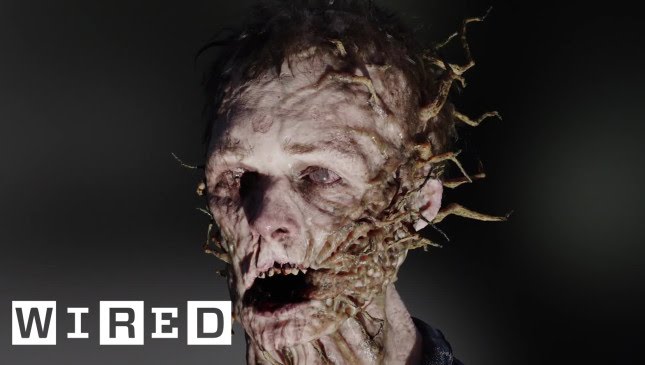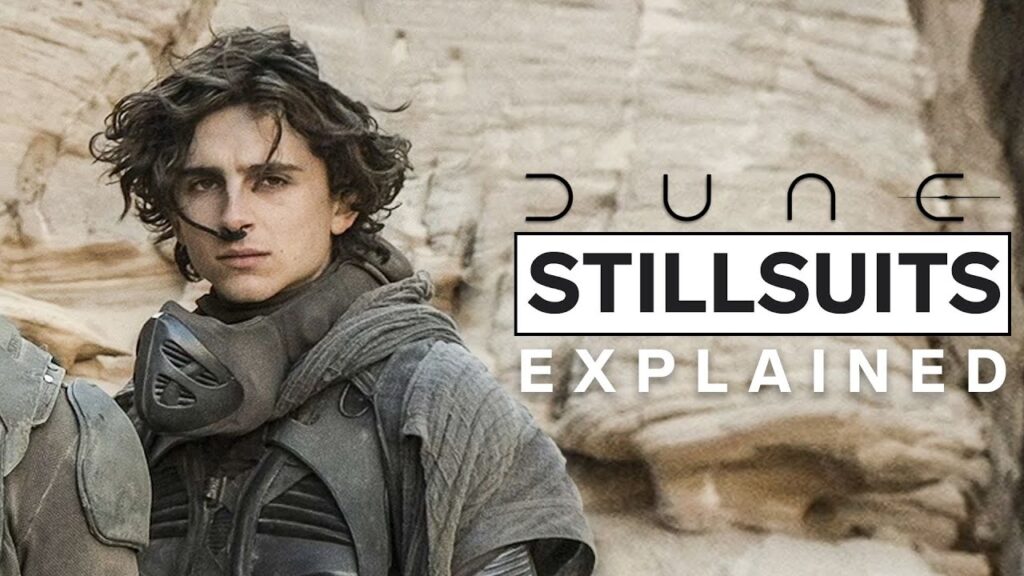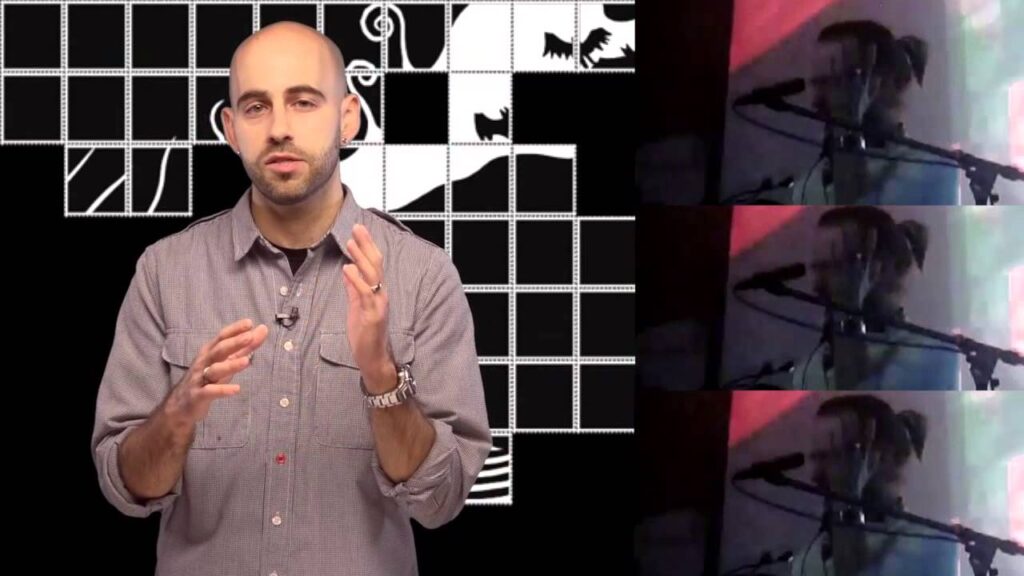Why We Look at Mouths and Other Questions About Body Language
Summary
In this article, we explore the various questions related to body language, including why some people tend to look at the mouth of the person they’re speaking to, how to pinpoint specific body language actions that appear hostile and avoid conflict, and how body language can reveal information during interviews. We also discuss how mirroring someone’s body language is not always indicative of flirting and suggest that in confrontational situations, it’s important to use body language to either improve or diffuse the situation, rather than escalate it.
Table of Contents
- Why do we look at mouths?
- How can we pinpoint hostile body language?
- Is mirroring always flirting?
- What does body language reveal during interviews?
- Conclusion
Why do we look at mouths?
Have you ever noticed someone staring at your mouth while you’re speaking? This is because they might be lip-reading. Lip-reading is a common technique used by people who are hard of hearing to understand what is being said. However, it’s important to note that not everyone who looks at mouths is hard of hearing. Some people simply find it easier to understand what is being said by watching the speaker’s mouth movements.
How can we pinpoint hostile body language?
There is no specific body language that might indicate hostility. However, studies have shown that making oneself physically visible and large, walking with a greater stride, and making eye contact can help pinpoint specific body language actions that appear hostile and avoid conflict. It’s important to look for synchrony in all body language cues to ensure that the person’s verbal and non-verbal communication are consistent.
Is mirroring always flirting?
Mirroring someone’s body language is not always indicative of flirting. It can also be a sign of respect and admiration. However, it’s important to be aware of the context in which mirroring is occurring. If someone is mirroring your body language in a flirtatious manner, it’s best to address the situation directly.
What does body language reveal during interviews?
Body language can reveal a lot about a person during interviews. For example, leaning forward and making eye contact can convey confidence and interest, while slouching and avoiding eye contact can indicate disinterest or lack of confidence. It’s important to be aware of your own body language during interviews and to use it to your advantage.
Conclusion
Body language is a crucial aspect of communication that deserves further study and examination. It’s not just important in courtship behaviour and job interviews, but it should also be taught in schools as it is a primary means of communication. In confrontational situations, it’s important to use body language to either improve or diffuse the situation, rather than escalate it. By being aware of our own body language and the body language of others, we can improve our communication skills and build better relationships.







